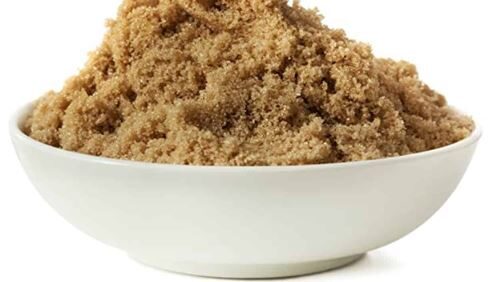How maddening to reach for the brown sugar, expecting it to be soft and fluffy, only to find a rock-hard clump in the bottom of the box. Or how about this: Brown sugar is on sale, so you stock up. Even without opening the bags or boxes left on the shelf, the contents, in time, turn brick-hard. Should you toss the bricks into the garbage? Better idea: Learn how to keep brown sugar soft and fluffy — and how to soften after it has hardened.
Brown sugar is white sugar plus molasses. Molasses is what gives brown sugar its distinct color, flavor and moisture. Although there is a trace amount of various nutrients in brown sugar that come from molasses, brown sugar is not considered healthier than other sugars.
Unlike regular white granulated sugar, brown sugar hardens when exposed to air. The moisture in the molasses dries out, leaving a thick, sticky residue. This causes the sugar crystals to stick to themselves, and eventually, the whole thing turns into a big, hard-as-a-rock mess.
Typically, brown sugar comes from the store in a box or a bag. Or “sealed” in a bag inside a box. All methods are an attempt to keep that brown sugar soft. Just don’t count on it. Once opened, expect rock-hard results to follow, and sooner than you might think. A lot has to do with humidity, light and heat.
Always transfer brown sugar from its packaging to an airtight sealable container. A good choice for long-term storage is a glass canning jar used with a FoodSaver vacuum sealer and jar sealing accessory.


